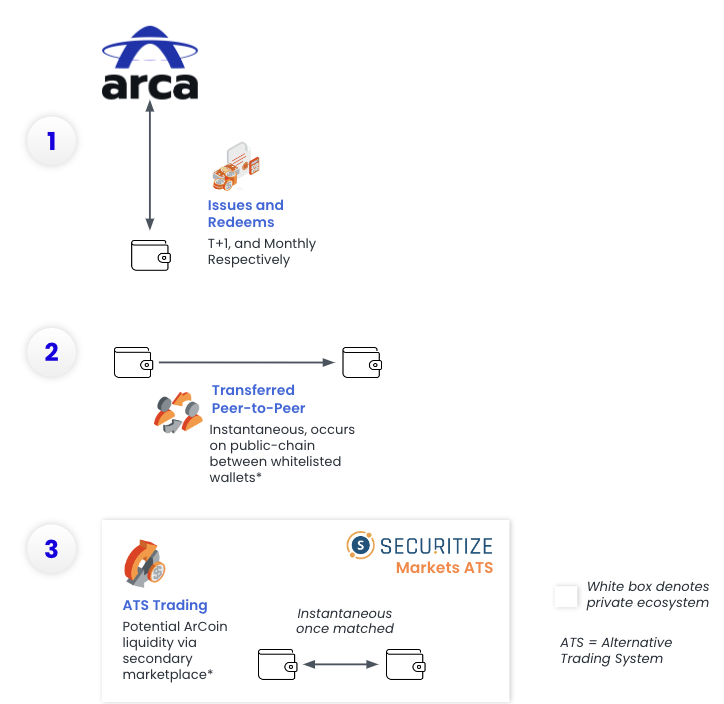Research Summary
The report explores the market dynamics and risks associated with liquid staking tokens (LSTs) on the Ethereum network. It highlights the growth of staking, the role of LSTs in the DeFi ecosystem, and the potential risks, including price divergence, liquidity risk, and collateral risk.
Key Takeaways
Growth of Staking on Ethereum
- Staking Surge: The Ethereum network has seen a significant increase in staking, with 31M ETH (~26% of supply and $120B in value) staked on the Beacon chain. Lido, a staking pool, has a 31% market share with 9.8M ETH staked.
Prevalence and Risks of Liquid Staking Tokens
- LST Dominance: Liquid Staking Tokens (LSTs) like Lido’s stETH & wstETH represent 33% of deposits on Aave V2 & $9.5B in collateral across DeFi lending markets. However, their prevalence comes with potential market risks, including de-pegging, liquidity, or liquidation risk.
Price Divergence Risk
- De-pegging Concerns: A major risk associated with LSTs is their potential to diverge in price from the underlying staked asset. This divergence can create arbitrage opportunities but can also exacerbate risks during significant market events.
Liquidity Risk
- Liquidity Challenges: Ample liquidity in primary and secondary markets is essential for enabling seamless redemptions of staked ETH. However, liquidity levels for LSTs vary across venues, and concentration of liquidity in certain markets could present risks.
Collateral Risk
- Collateral Implications: LSTs have gained significant network effects as a prominent form of collateral across various lending protocols. However, any major price dislocations, coupled with low liquidity and high demand for redemptions could trigger liquidations of these positions.
Actionable Insights
- Monitor Staking Trends: Stakeholders should keep a close eye on the growth of staking on the Ethereum network, particularly the dominance of certain staking pools like Lido.
- Assess LST Risks: It’s crucial to understand the associated market risks of LSTs, including price divergence, liquidity, and collateral risks, as their on-chain integration deepens.
- Consider Liquidity Management: Ensuring broad liquidity distribution on and off-chain is crucial for mitigating potential market risks associated with LSTs.
- Manage Collateral Risks: Given the substantial amount of collateral tied up in LSTs, prudent onboarding of LSTs as collateral and setting appropriate loan-to-value ratios is essential.
- Explore Restaking: The emerging practice of “restaking” offers additional utility but introduces implications around the concentration of LST’s into restaking protocols, liquidity in secondary markets, and the integration of “liquid restaking tokens” (LRT’s) across the on-chain ecosystem.












